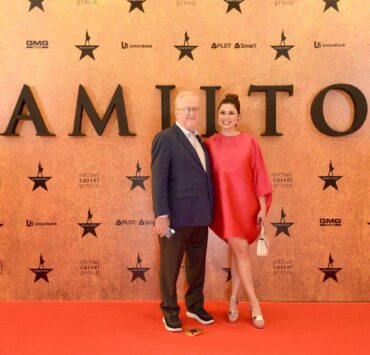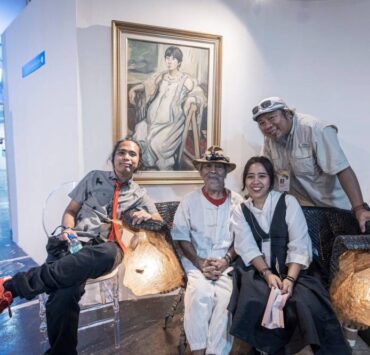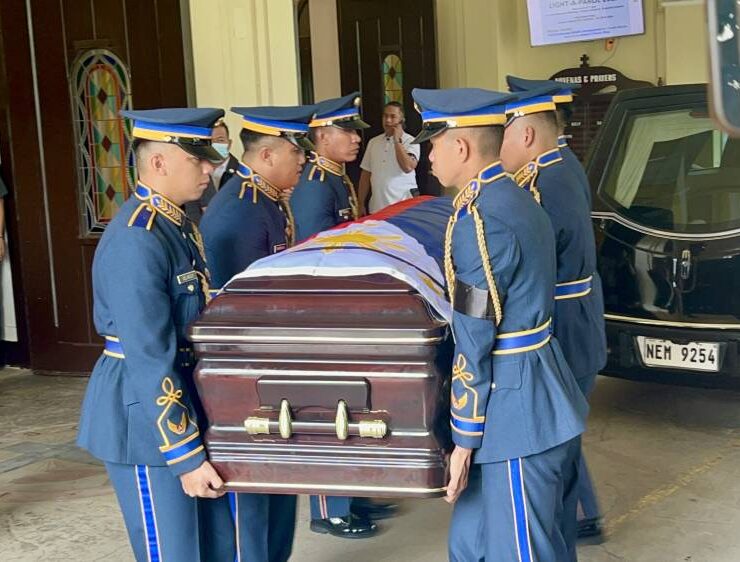‘Anak ni Jess,’ ‘Tatay ni Manix’
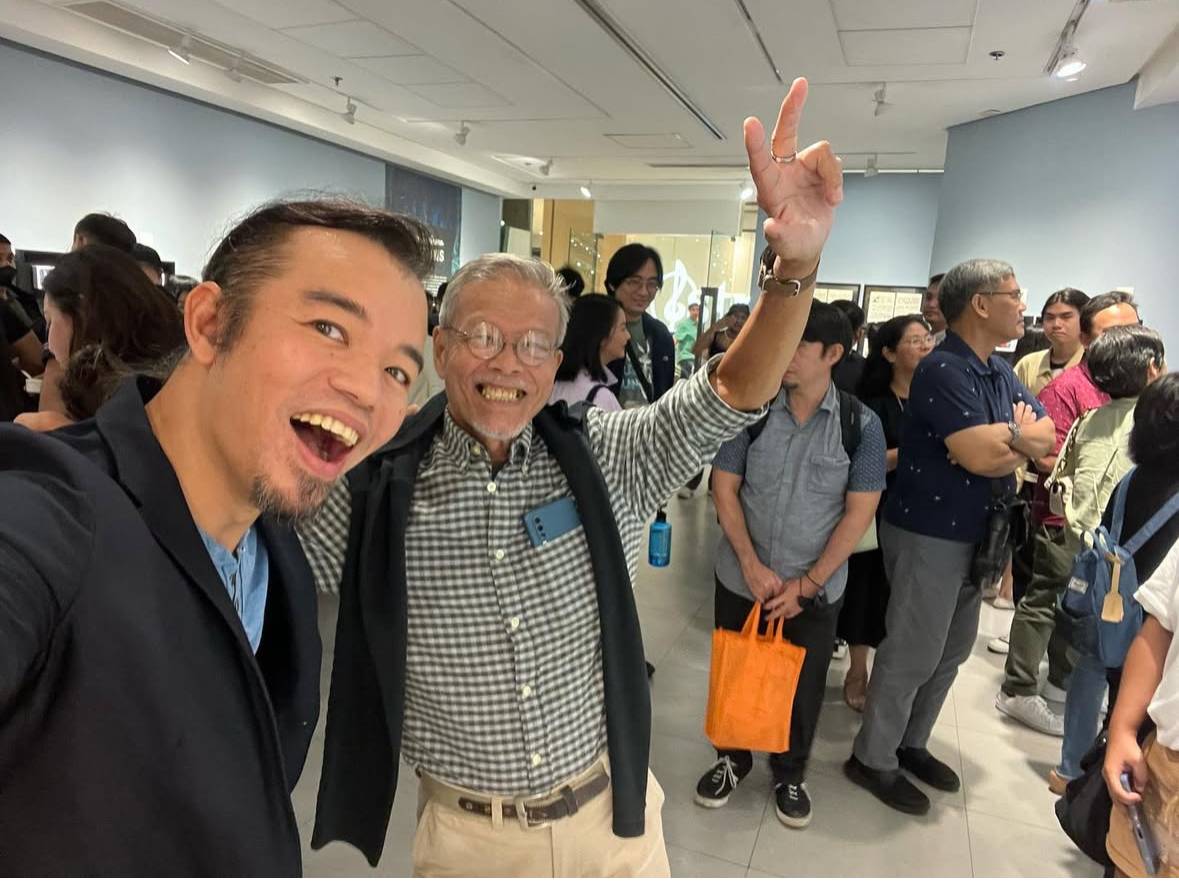
When he first entered the University of the Philippines Diliman in the late 1990s, Manix Abrera was known by his fine arts professors not by his name, but by this phrase: “Anak ni Jess ‘yan.”
The comparisons were inevitable. His father, after all, is the award-winning cartoonist Jess Abrera, whose fearless political and social commentaries graced the pages of the Philippine Daily Inquirer for more than 30 years, by way of humorously incisive editorial cartoons and his comic strips, “Pinoy Nga!” and “A. Lipin.”
With all his father’s achievements came a reputation that people expected Manix to live up to. “There was pressure, definitely, and that was difficult for me,” Manix told Lifestyle.
But it was also Jess’ life teachings that would ultimately allow Manix to step out of his father’s shadow.
Jess taught Manix the importance of being unique; of veering away from what everyone else was doing. He underscored the need to balance form and content: The comic strip shouldn’t only look good, or make the reader laugh—it should have a message.
And that was exactly what Manix did when he joined his alma mater’s official student publication, the Philippine Collegian.
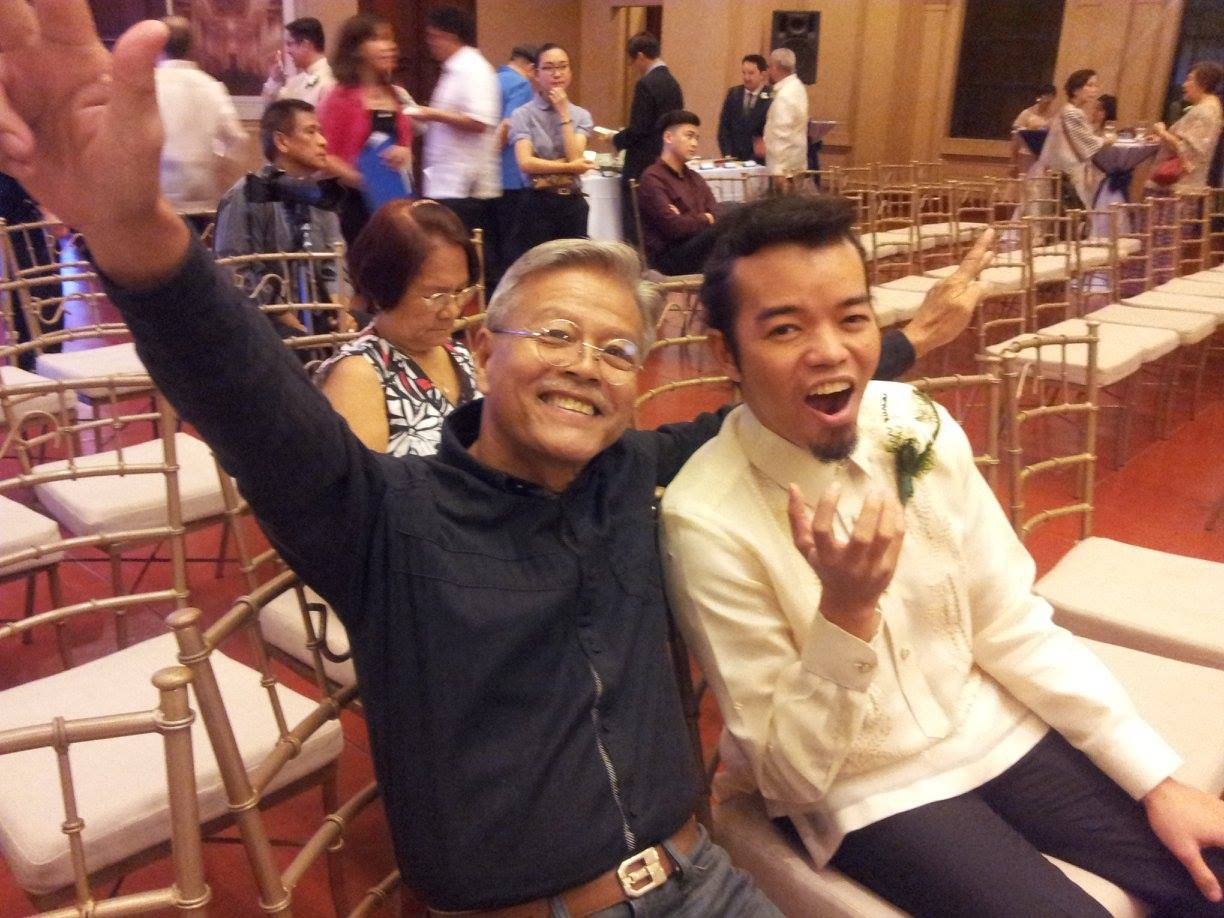
Finding his voice
“I knew I had to come up with my own image so I explored other styles, techniques, stories. In our paper, I had to create editorial cartoons and artworks every week. The more I worked, the more I got to hone my skills. And I think that’s how I was able to find my own voice,” he said.
Wit was something the two cartoonists always had in common. But while Jess’ works had more sociopolitical learnings, Manix focused on slice-of-life and sociocultural topics. Through his comic strip “Kikomachine Komix,” Manix portrayed the quirks, mundanities, and realities of Filipino life through nameless but nonetheless relatable characters.
It was only fitting that “Kikomachine” also made its way to the Inquirer—where it continues to be published—in 2001, appearing alongside his father’s strips under the Comic Relief section. Their respective works would go on to share the same space for about 18 years, until Jess’ departure from the paper in 2019.
“Seeing our comics together for the first time made me really happy,” said Manix, whom his father used to bring to the Inquirer offices back in the day. There, the paper’s late former editor in chief, Letty Jimenez-Magsanoc, and other newspeople would watch in awe as the young Manix churned out “impressive and expressive” drawings on the spot.
His father, however, was hilariously pragmatic about that moment.
“Wala naman akong pakialam—pareho namang maliit ang bayad sa komiks namin!” quipped Jess, whose cracking laughter was as infectious as it was reassuring. “But the important thing is that, we enjoy that fact that our comics appear in a paper with a wide readership. The Inquirer reaches provinces, and that means you get to communicate with more people through your art.”
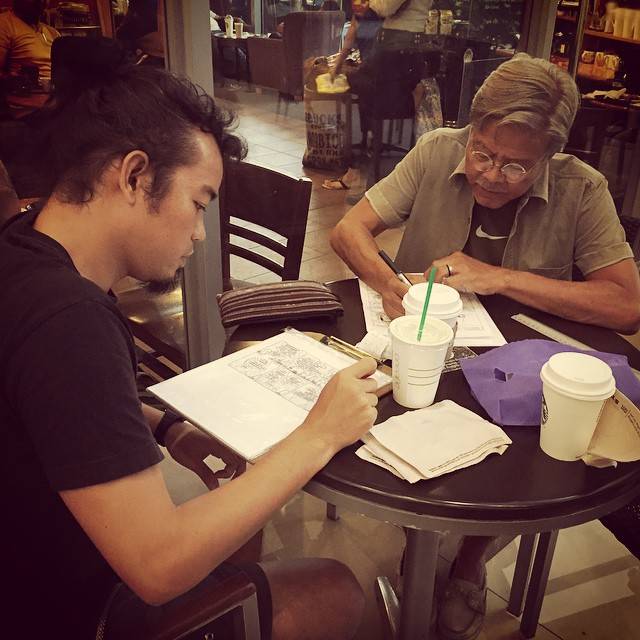
His father’s footsteps
Manix knew from the very start that he was going to follow in his father’s footsteps.
At the age of 5, he would spend the day just sitting beside Jess in his studio. Manix would look at the drawings—“cute,” he would tell himself, not knowing that they were scathing caricatures of politicians and other personalities hogging the headlines. “Tuwang-tuwa ako kahit ‘di ko naman naiintindihan,” he recalled.
Manix would then train his gaze on his father, who would crack a smile, burst out laughing even, while he drew. He was too young to understand what was so fun and funny about what his father was doing. But whatever it was, he wanted to do it, too.
“That was the very moment I realized that I wanted to be an artist like him,” Manix said.
Jess caught Manix’s inclinations very early on, and the prospect of having a son “who will continue his ambitions” delighted him. He didn’t meddle or force the issue. But he also knew that he had to nip right in the bud whatever romanticized impressions his son may have had about the profession.
First things first: “Walang pera dito.”
“When it became clear to me that Manuel (Manix’s real name) was going to be an artist, I told him immediately that there’s no money to be made here. But there’s a sense of fulfillment in seeing your drawings in print and seeing people read them,” Jess said.
But Manix had already made up his mind.
And his father’s advice—or warning, more like—didn’t shake his resolve one bit.
“One of the greatest lessons I have learned from my father is that, if you really want to become an artist, the idea of money or fame shouldn’t cross your mind. You should truly love what you’re doing. Your craft should be rooted in passion,” he said. “Money and recognition are just bonuses.”
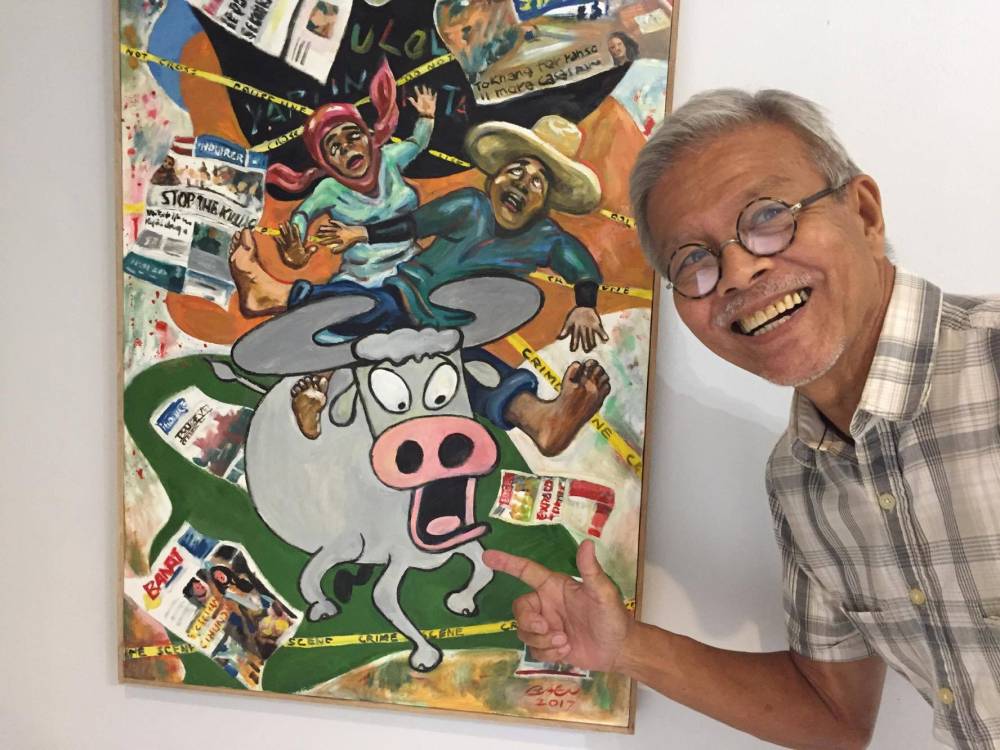
A hit
Luckily, Manix managed to have both, Jess said, only half in jest. “Kikomachine” was a hit among readers, so much so that it ended up being compiled into an ongoing series of bestselling books (17 and counting). A three-time National Book awardee, he also put out wordless graphic novels, such as “12” and “14,” and books, including “Li’l Bertong Badtrip!” and “The Terror Prof.”
“Malaki kinikita niyan! Naka-tsamba!” Jess, a two-time National Book awardee himself, teased his son. “I enjoy reading his books. But I’m not done with them all because he has so many!”
Jess was stingy with praises—and still is, despite Manix’s commercial success and critical acclaim. At first, it was because he didn’t want Manix to stagnate and believe his own hype. Now, it’s his way of reminding his son that awards and trophies don’t really matter in the grand scheme of things.
He wasn’t the type who would tell Manix that everything he did was good. He made sure to correct his son’s bad habits. And he didn’t want Manix to get complacent and think he was already good, even at the time he knew that his son was already good.
“I congratulate him for every career milestone he achieves. But I always tell him, ‘Balewala ang awards.’ Don’t let them get to your head. That’s just praise from other people; that doesn’t mean you’re the best. But yes, Manuel has won so many awards, even from way back. Actually, I’m quite jealous,” Jess said, laughing.

Courage and gumption
Manix grew up trying to emulate his father—his courage, his gumption—that he voiced out through his drawings. Little did Manix imagine that, one day, it would be him young artists would look up to.
“I know that Papa has influenced a lot of artists. But I have a tough time believing that I have made an impact on others. But I’m thankful. It’s a reminder for me to be a better person and artist,” Manix said, adding that he couldn’t be happier seeing the growth and vibrance of the art community these days.
“There are so many comic conventions. We see more and more students and young artists. Every year, the community grows. And I want to tell them to keep showcasing our culture on the global stage. That will be our ace,” Manix said.
Jess’ tip for budding artists is the same tip he has given his son many times over: Immerse yourself in the topics you tackle. “Whether it’s politics or the plight of employees, you have to learn them. ‘Di pwedeng drawing lang—you have to have conviction. You have to have something to say,” he said.
“And if you have the chance to show your work at exhibits, do it,” he added. “Let’s raise the level of cartoons as an art form.”
Every so often, artists seeking Jess’ help or expertise visit him in his Antipolo City home, where he dispenses sage advice. Sometimes he gives away books. And then there are those who drop by so they could ask for copies of Manix’s books, or take a peek at Manix’s old room.
Conversations these days, Jess said, inevitably leads to his son. “Ngayon, ang tawag na sa ‘kin, ‘Tatay ni Manix,’” he said, laughing. “At masaya ako dun.”














